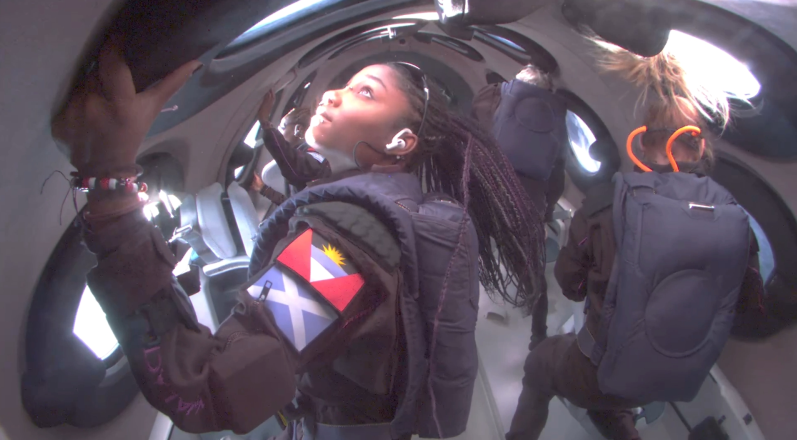
Anastatia Mayers, 18, became the youngest person to reach space during the Virgin Galactic 02 flight on Aug. 10.
Credit: Virgin Galactic
After 18 years of waiting and despite developing Parkinson’s disease, one of Virgin Galactic’s first customers boarded the company’s VSS Unity spaceship for a suborbital ride that he said was “far more dramatic than I imagined it would be.” “The pure acceleration—Mach 3 in 8.5 seconds— was...
Subscription Required
This content requires a subscription to one of the Aviation Week Intelligence Network (AWIN) bundles.
Schedule a demo today to find out how you can access this content and similar content related to your area of the global aviation industry.
Already an AWIN subscriber? Login
Did you know? Aviation Week has won top honors multiple times in the Jesse H. Neal National Business Journalism Awards, the business-to-business media equivalent of the Pulitzer Prizes.





